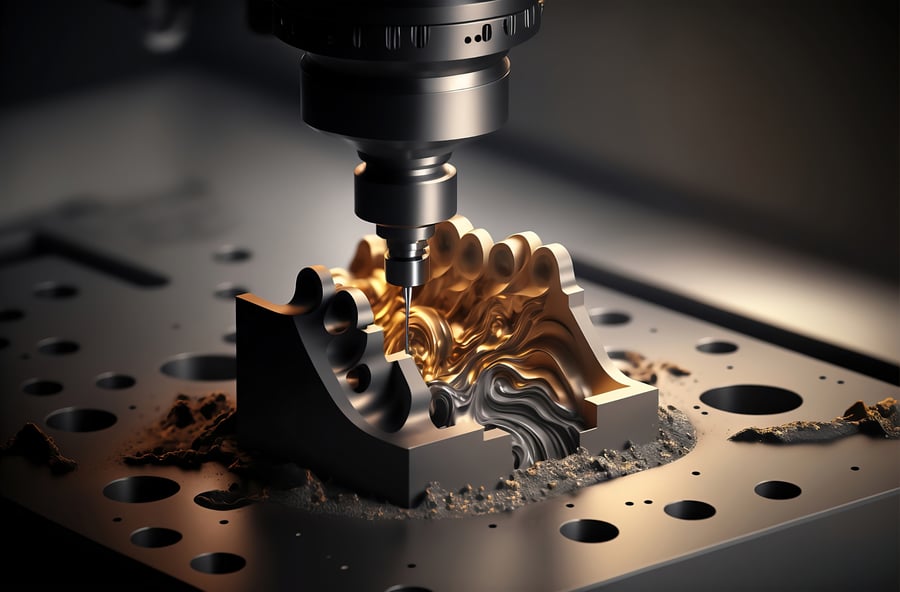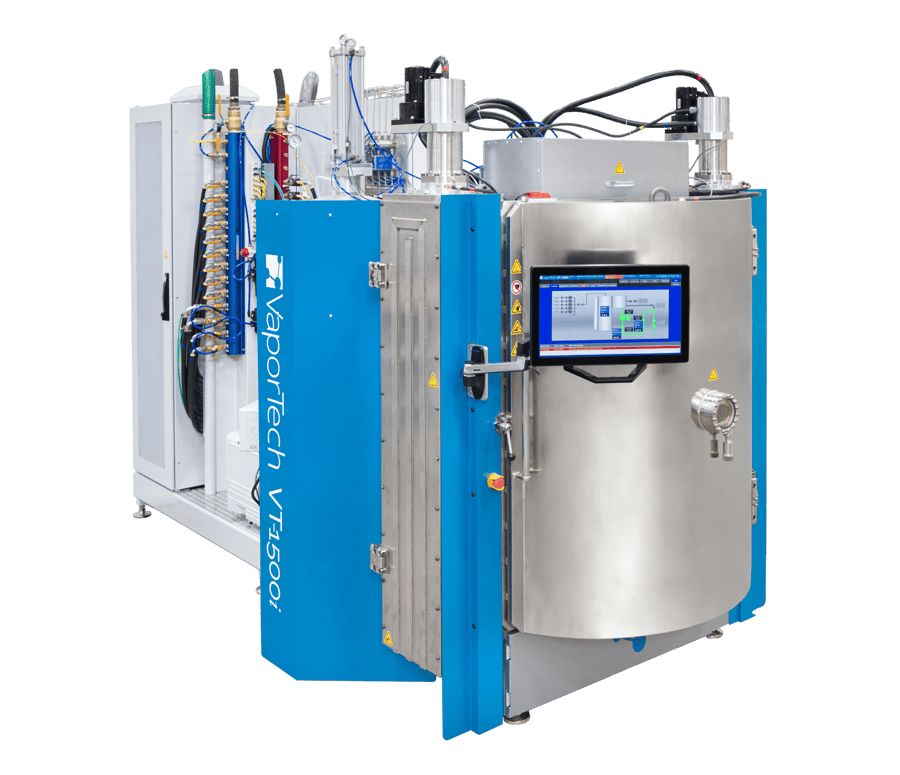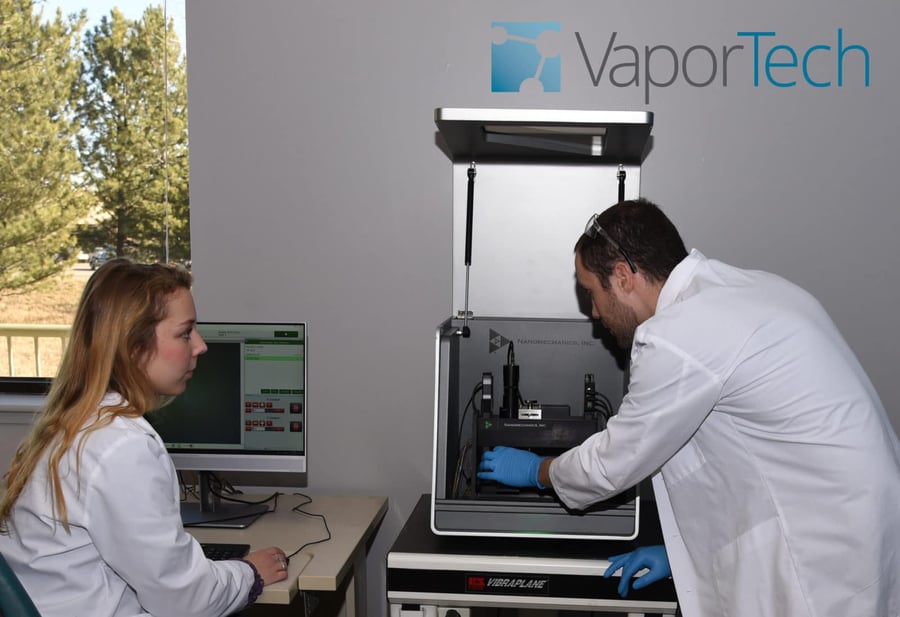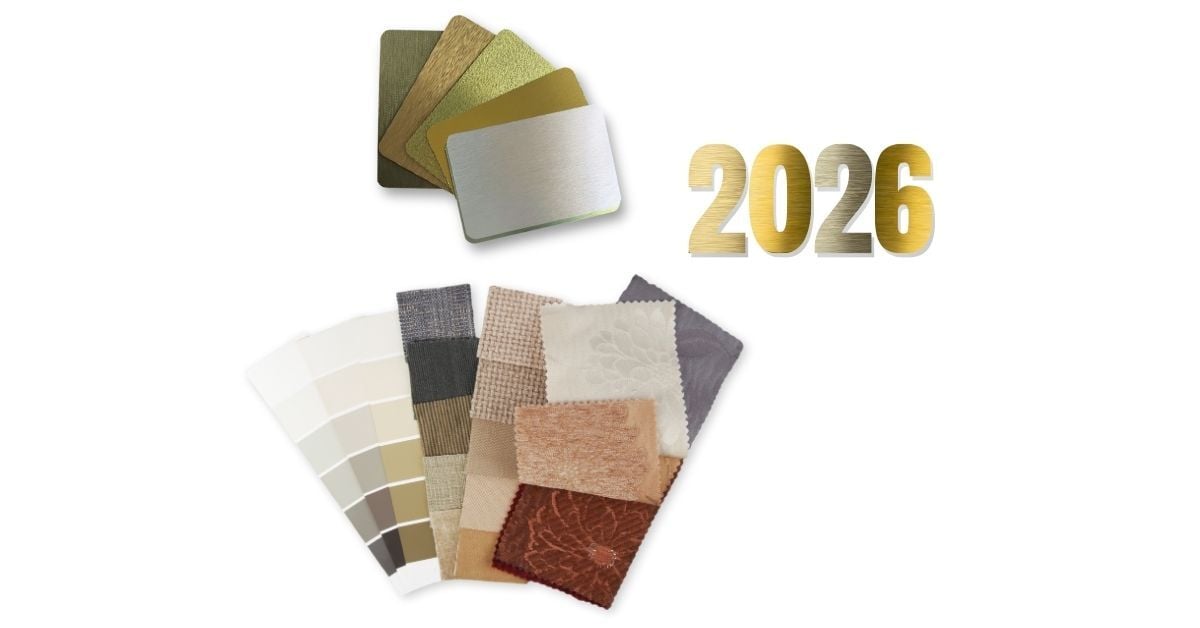How to Clean Parts Before PVD Coating
Good vacuum coatings depend on clean surfaces. Weak adhesion performance is usually the result of contaminants on the part surface before coating. To avoid this issue, it’s critical to understand how clean “clean” must be and how to properly clean parts before PVD coating.
Why parts aren’t ‘clean’ even when they seem like they are
The Physical Vapor Deposition (PVD) and DLC processes bombard atoms or molecules of a material (called the "target") and deposit them on a surface under vacuum conditions. Not thoroughly cleaning the surface where these molecules are deposited can negatively affect the adhesion between the surface to be coated and the new thin film.
Many parts coated using PVD or DLC have been previously machined or created via a casting process. These pieces often have residual lubricant or mold that releases fluids on their surfaces. Furthermore, some manufacturers add protective coatings to the parts to reduce their corrosion or oxidation susceptibility, which can also negatively impact adhesion. Even when the parts have been cleaned after the manufacturing process, they may be stored in areas where particulates or factory-born residues (can be) deposited on their surface. As part of the preparation for thin-film deposition, all these surface contaminants must be removed to ensure a successful thin-film coating process.
Always clean parts before placement into the chamber
Before we place the parts inside the coating chamber of our PVD coating machines, we must remove the bulk of the surface contaminants, both organic and inorganic. At Vapor Technologies, Inc. (VaporTech®), we use both solvent-based and aqueous systems, including ultrasonic cleaning, to remove those contaminants.
The best cleaning chemistry depends on the materials’ intrinsic susceptibilities and the contaminants themselves. We partner with cleaning system providers and cleaning chemical manufacturers to develop the optimal cleaning solution for a given customer application. Although ultrasonic cleaning has been successfully used to remove particles from the surface, other non-liquid-based techniques may be considered depending on the size and adherence of the particles. If the parts to be coated by PVD or DLC have hard-to-reach surfaces, removing any liquid residue, including water, is critical, so heat or vacuum drying is usually required.
In-situ cleaning: the final step to clean parts before PVD coating
There will always be residues on the parts to be coated. At Vapor Technologies, we have looked at in-situ processes (such as glow discharge ion etching) to remove the last layer of contaminants immediately before coating. We have also added steps in the vacuum coating process to activate the surface so that it is ready to receive these new coating molecules.
Understanding just how clean is ‘clean’ is also very important. Methods, such as Water Contact Angle (WCA) measurement, allow the detection of contaminants on surfaces, especially those that cannot be observed even under a high-magnification microscope. Thin-film adhesion testing becomes an important final tool in the overall quality control process, as it is a strong indicator of a clean process.
Bottom line – good vacuum coatings depend on clean surfaces
When considering a PVD or DLC coating that will enhance the appearance or performance of your parts, it is critical to think about the pre-treatment and cleaning that these parts will need to obtain the best, most durable coating possible. At VaporTech, we understand the importance of thin-film preparation; consequently, we have generated a knowledge base and partnered with experts in cleaning chemistries and processes to best serve our existing and prospective customers.
Find out why we are one of the top PVD coating machine manufacturers in the country by contacting us at (303) 652-8500 today!
Recent posts

How to Choose the Right PVD Coating for Your Product [webinar, video]

No Ph.D. Required: VaporTech Machines Make the PVD Coating Process Easy





